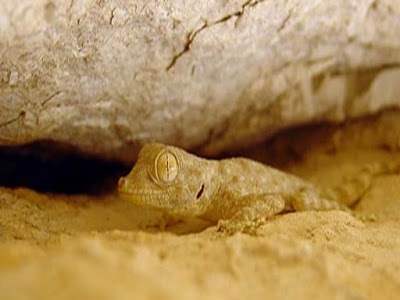Nematoda
Soil inhabiting
nematodes
Bacterivores
Acrobeloides
Cephalobus
Fungivores
Aphelenchus
Hu, C., Hermann, G., Pen-Mouratov, S., Shore, L., Steinberger, Y.
(2011) Mammalian steroid
hormones can reduce abundance and affect the sex ratio in a soil nematode
community. Agriculture, Ecosystems and
Environment 142 (2011): 275– 279.
The effect
of mammalian steroid hormones (estradiol, estrone, progesterone, and
testosterone) in environmentally relevant concentrations on a soil free-living
nematode community was examined. Steroids were applied in 2.5 L water on 0.25
m2 plots in triplicate, and comparison was made with plots receiving water
alone. Soil samples were taken from the 0 to 5, 5 to 10, and 10 to 20-cm soil
layers. The soil free- living nematode populations were examined at zero time,
12 h, 72 h, 96 h, 120 h, and 25 d post-treatment. Testosterone, progesterone,
and estrone were persistent in the soil while the estradiol rapidly dissipated.
The total number of nematodes was decreased by the presence of testosterone,
progesterone, or estrone but not estradiol. Testosterone, progesterone, and
estrone increased the number of males in relationship to females (60:40)
compared to the control and estradiol-treated plots (50:50). The presence of
steroids had no consistent effect on the distribution of bacteria-feeders,
plant-feeders, and omnivore-predators. We conclude that the addition of steroid
hormones in the soil can reduce abundance and change the sex ratio in a
free-living nematode community. This would be the first demonstration of an
effect of an endocrine-active agent excreted by mammals on a free-moving
terrestrial organism.

Diagram of head regions of a herbivore (left) and nematode bacterivore
(right). In the herbivore, the mouthpart is modified into a stylet for
puncturing plant cells. In the bacterivore, the mouth or stoma is a hollow
tube. (from http://entomology.ifas.ufl.edu/creatures/nematode/soil_nematode.htm)













